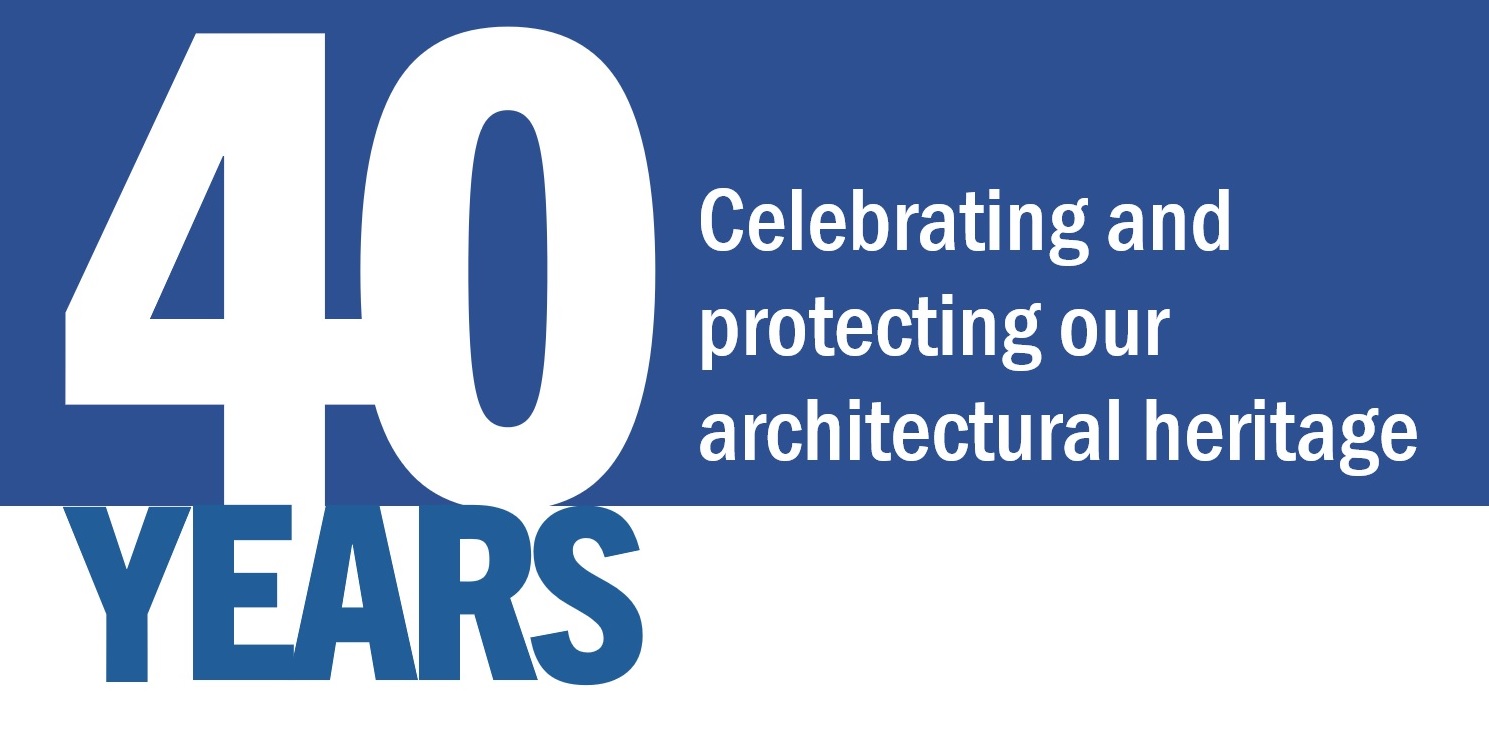Washington, D.C. is a city known for its stately Federal-style rowhouses, classical columns, and early 20th-century brick homes. But tucked into the wooded southern edge of Mount Pleasant, along the 1700 block of Harvard Street NW, is something unexpected: a striking row of postwar modernist homes perched on what’s known as “Harvard Hill.”
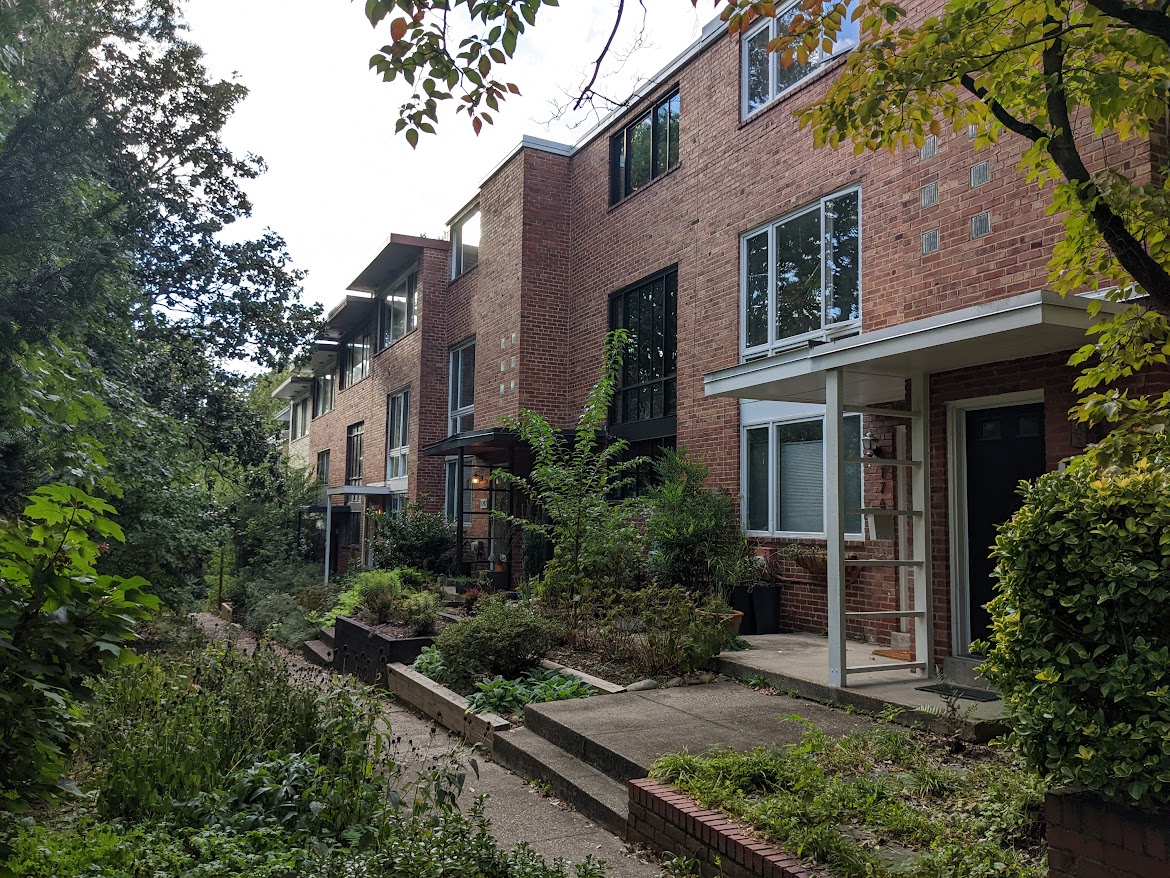
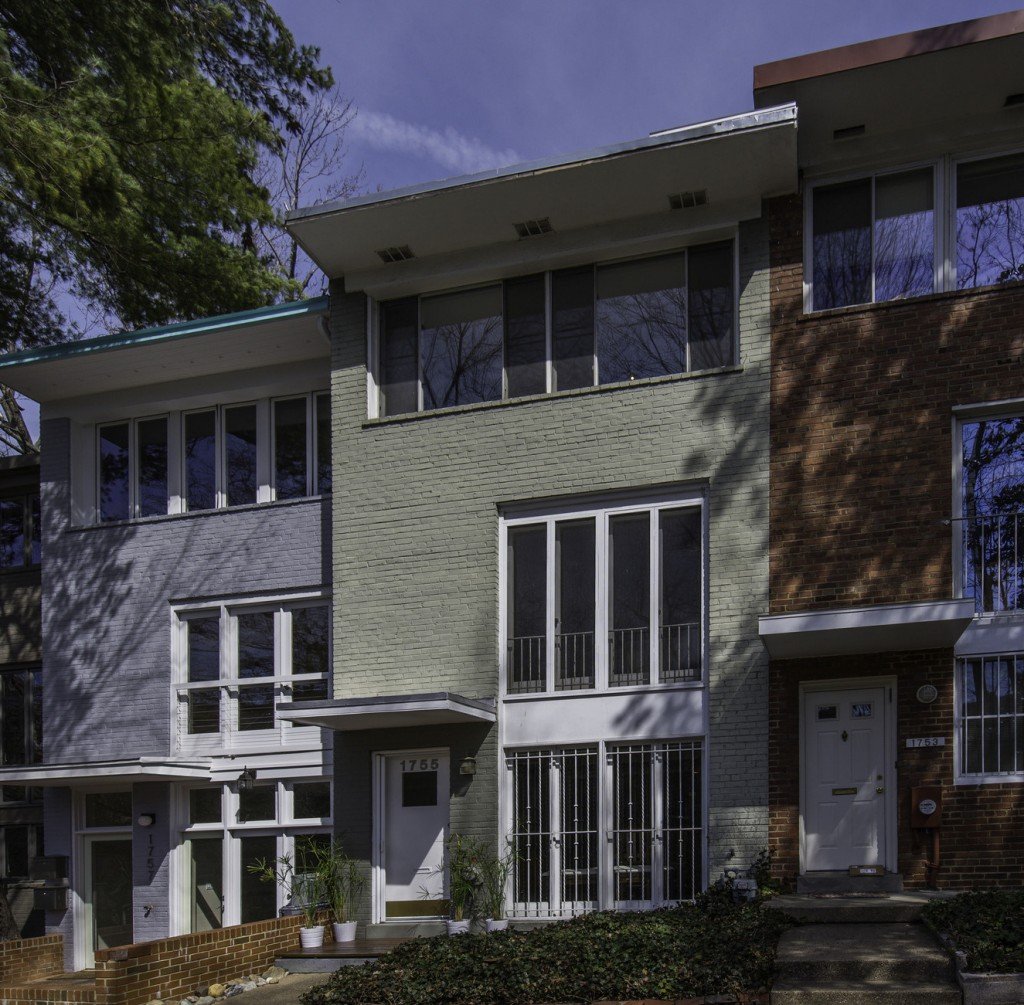
These houses are a rare example of mid-century modern residential architecture in the city—a style more often associated with the suburbs or the West Coast. Built in the early 1940s, just within Mount Pleasant’s “period of historical significance” that ranges from 1870 to 1949.
Mount Pleasant, largely developed between 1900 and 1920, had mostly filled out with brick rowhouses and early apartment buildings by the 1940s. But Harvard Hill offered one last pocket of possibility.
Each of the hill’s 28 homes have nearly identical floorplans and were designed by local architecture firm Berla & Abel, best known for shaping mid-century Washington’s skyline through their innovative apartment and office buildings.
Their design philosophy is well captured in Abel’s book, Apartment Houses (1947). One key principle, well represented on Harvard Hill, is that “Apartment design should reflect evolving lifestyles”. Abel acknowledges a major cultural shift in mid-century life—smaller families, dual-income households, more eating out, and changing domestic roles. He encouraged architects to move beyond outdated room-by-room formats, and instead design flexible, multifunctional spaces that reflect how people actually live. This includes open floor plans, fewer formal dining rooms, and built-in storage.
At the time, their work included some of the largest privately owned structures in the region like the Bender Building, D.C.’s largest private office building when it opened; James Apartments, which featured the city’s first rooftop pool; and the storied Omni Shoreham Hotel.
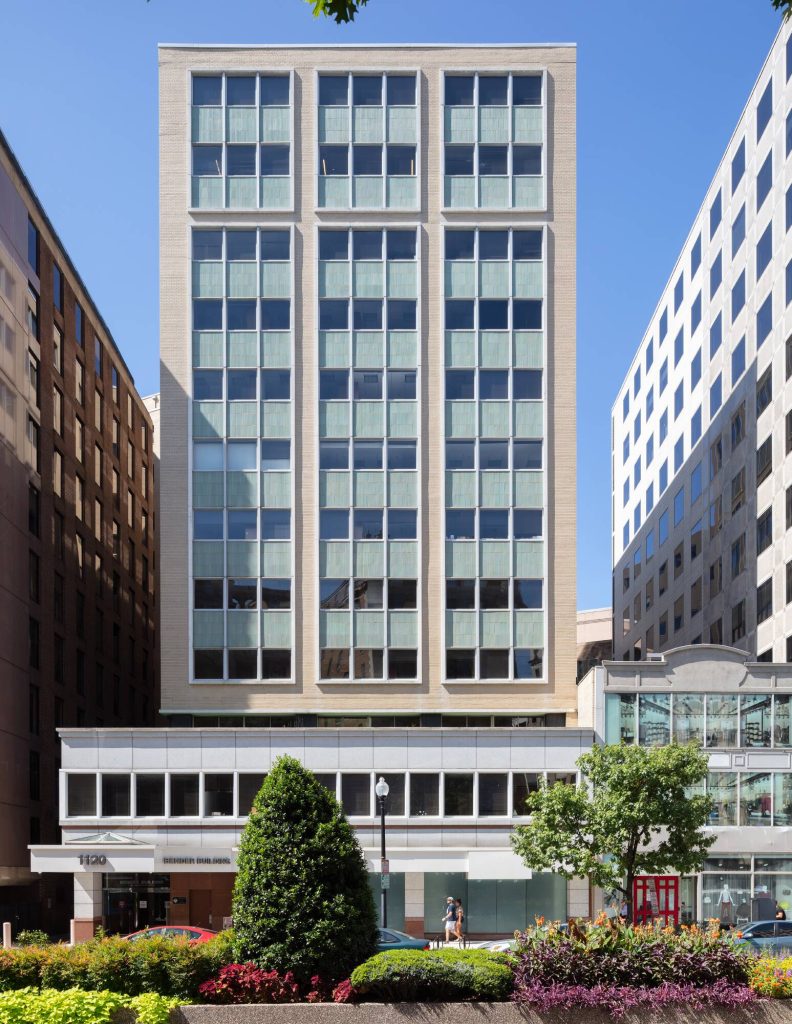
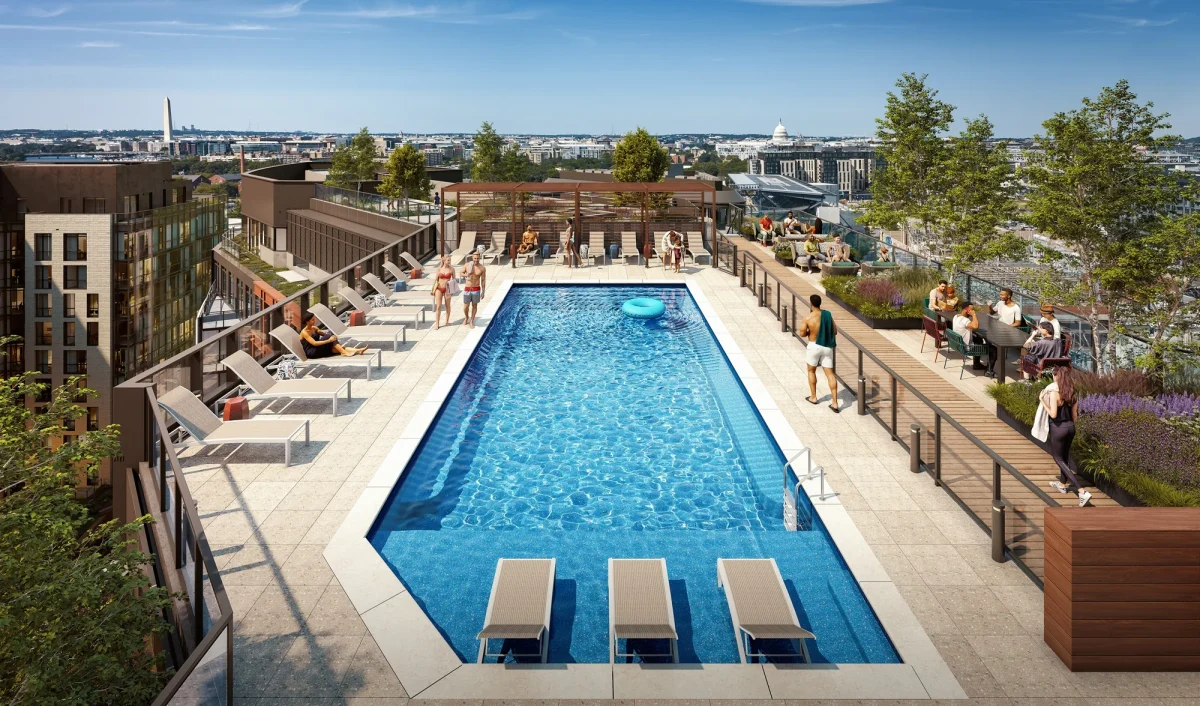
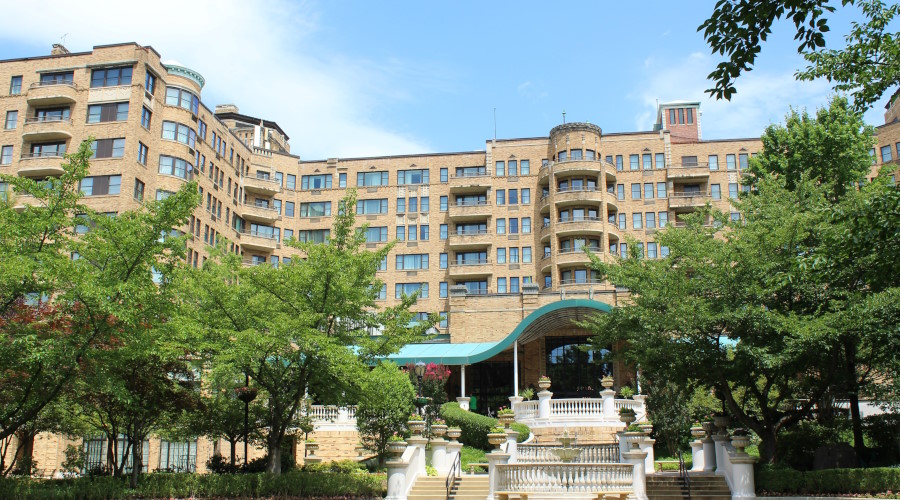
The Harvard Hill homes are technically designed in the International Style, a branch of modernist architecture defined by its emphasis on volume over mass, lack of ornamentation, and use of industrial materials like glass, steel, and concrete. While modernist homes can vary more widely in form and materials, the International Style typically favors a uniform, minimalist aesthetic rooted in early European modernism. See if you can spot these design elements.
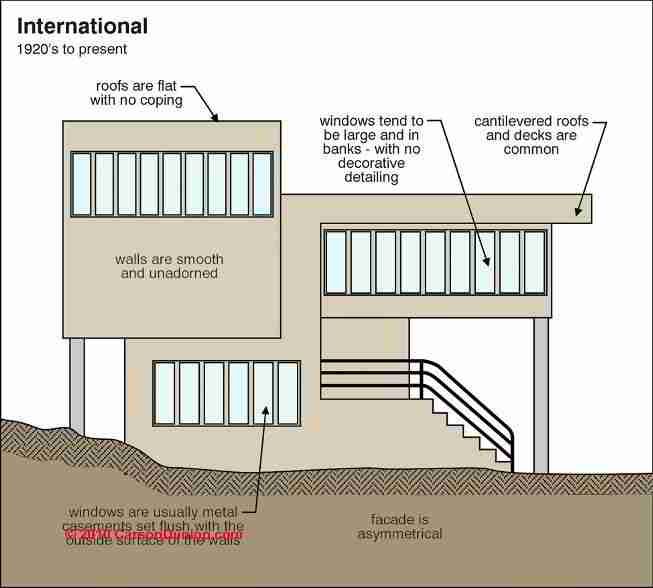
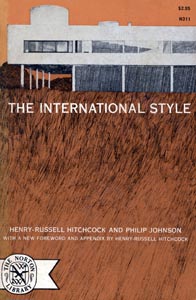
While much of the city is celebrated for its classical and early 20th-century styles, these rare postwar homes capture a pivotal moment of transition, both culturally and architecturally. Their clean lines and forward-thinking design speak to a period when America—and D.C.—was redefining how people lived. As we continue to value historic preservation, it’s essential to include these mid-century structures in the conversation, ensuring that the story of our built environment reflects the richness and diversity of every era.
If you’re an architecture lover walking through Mount Pleasant, don’t miss Harvard Hill. It’s a little-known mid-century gem.

